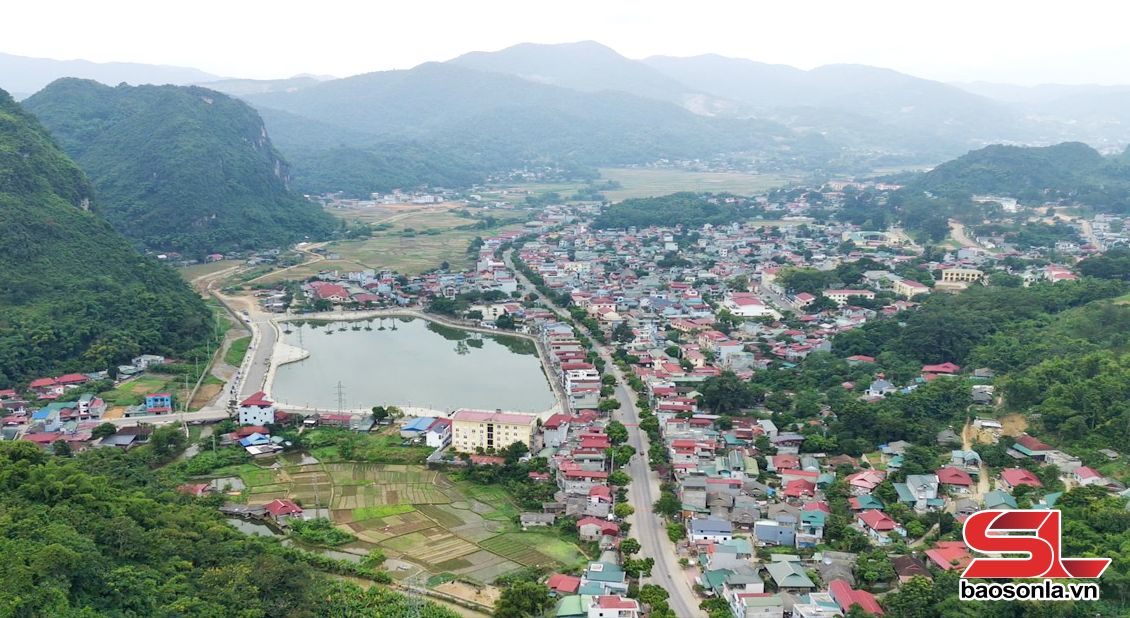
Going back in history, after the August Revolution, in order to protect the young revolutionary government and respond to President Ho Chi Minh 's call for national resistance, in December 1949, the Thuan Chau Administrative Resistance Committee was established. At the same time, the Thuan Chau Party Committee was also established. Under the leadership of the Party, the people of all ethnic groups in Thuan Chau actively coordinated with the army and people of the whole country to fight for victory in the 1952 Northwest campaign, liberating Thuan Chau on November 21, 1952. From 1953, the army and people of Thuan Chau carried out the task of destroying bandits, enthusiastically working as laborers to repair roads, contributing and transporting food, provisions, and weapons, together with the army and people of the whole country, creating the historic victory of Dien Bien Phu on May 7, 1954, successfully ending the resistance war against the invading French colonialists.
In 1955, when the North was completely liberated, Thuan Chau became the capital of the Thai - Meo Autonomous Region. On May 7, 1959, Thuan Chau was honored to welcome President Ho Chi Minh and the Central Working Group to visit and talk with cadres, soldiers, and people of the Northwest ethnic groups. Thuan Chau Flag Tower - the place marking this important event - was recognized as a National Historical Relic since 1955 and has now been invested in and renovated, with the construction of a Memorial House and many auxiliary items. In addition, in Thuan Chau commune, there is also the Na Hay Bridge Historical Relic, the Northwest Autonomous Region Historical Relic which has been ranked as a provincial-level relic, renovated, protected, and promoted in value.
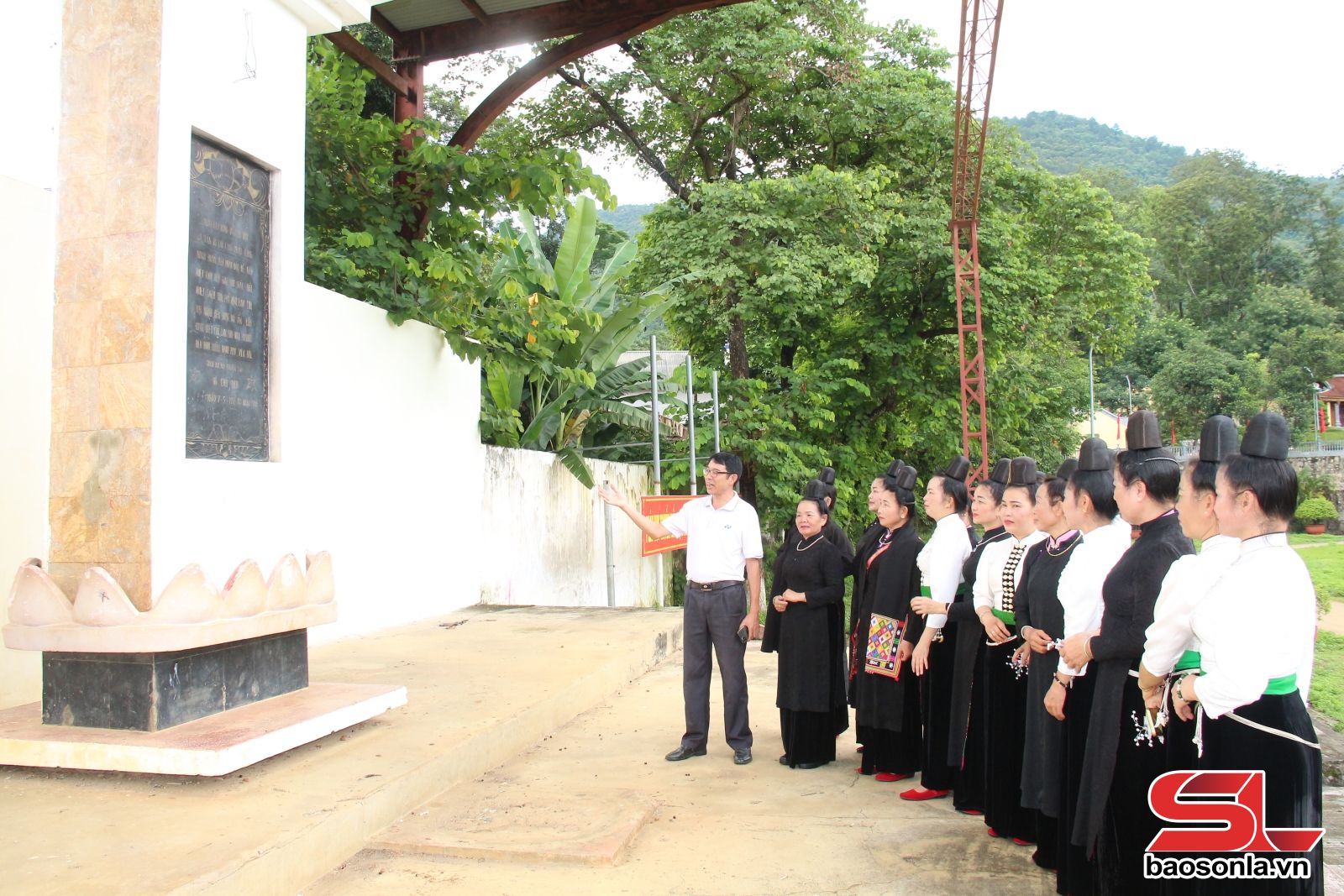
Established on the basis of merging Thuan Chau town and Phong Ly, Thom Mon, Tong Lanh, Chieng Pac communes (old), the new Thuan Chau commune continues to promote its revolutionary tradition, quickly stabilizes its organizational structure, leads and directs the implementation of development tasks. Comrade Nguyen Dac Luc, Secretary of the Commune Party Committee, said: The Commune Party Committee continues to focus on leading and directing the implementation of solutions to develop the economy in a sustainable manner, effectively exploiting the potential and strengths of the locality in the fields of agriculture, trade and services. At the same time, mobilize and effectively use all resources for development investment, especially essential infrastructure to serve the people's lives and production.
Located along Highway 6, Thuan Chau commune has taken advantage of developing various types of services and businesses, especially in village 3, Tong Lanh intersection and the center of Thuan Chau commune, becoming crowded and bustling urban areas, creating the foundation and driving force for the development of surrounding areas. In addition, Thuan Chau is also a strong agricultural development area, with more than 1,000 hectares of coffee trees; nearly 300 hectares of fruit trees; more than 500 hectares of rice, more than 100 hectares of vegetables, beans of all kinds... Livestock is strongly developed, with nearly 20,000 cattle, 80,000 poultry, the output of fresh meat sold in July reached over 500 tons. The multidimensional poverty rate decreased by an average of 7%/year, people's income is increasingly increasing.
Mr. Le Xuan Hung, Party Cell Secretary, Head of Sub-area 3, said: The sub-area has 72/137 business households, 3 households develop large-scale integrated farms, income reaches over 50 million VND/person/year, currently there is only 1 near-poor household, striving to escape near-poverty this year.
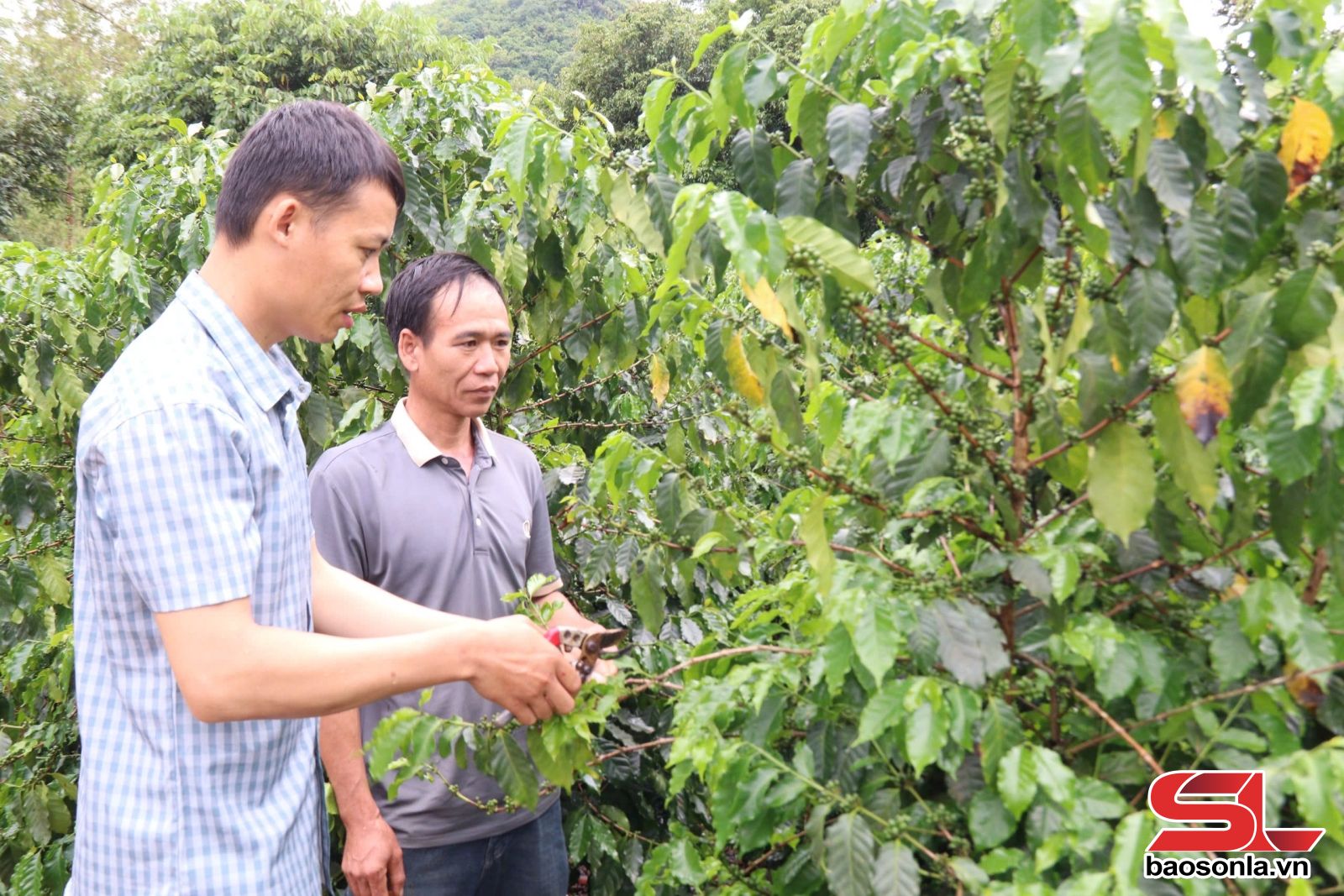
In De village, for many years, people have actively switched to growing coffee, forming a concentrated production area. Mr. Luong Van Mung, Party Cell Secretary and Village Chief, informed: The village has 85 hectares of coffee, which are grown in large concentrated areas, convenient for care and harvesting. Thanks to coffee, people here have a more stable life. Currently, the village has only 15/175 poor households.
Along with economic development, Thuan Chau commune also prioritizes investment in essential infrastructure from state resources and national target programs, such as: schools, cultural houses, rural roads, domestic water works... Up to now, 75/75 villages, hamlets, and sub-areas have national grid electricity and have car roads to the village center; 95% of the population has access to clean domestic water; 75% of villages, hamlets, and sub-areas meet the standards of "safety in security and order". In addition, educational and medical facilities are invested in a synchronous manner with 15/15 schools meeting national standards.
Promoting the revolutionary tradition and achievements, the Party Committee, government and people of Thuan Chau are making efforts to change the face of their homeland, striving to have no more poor households and a commune that meets new rural standards by 2030.
Source: https://baosonla.vn/xa-hoi/doi-thay-vung-que-cach-mang-thuan-chau-e9PcsiXNR.html


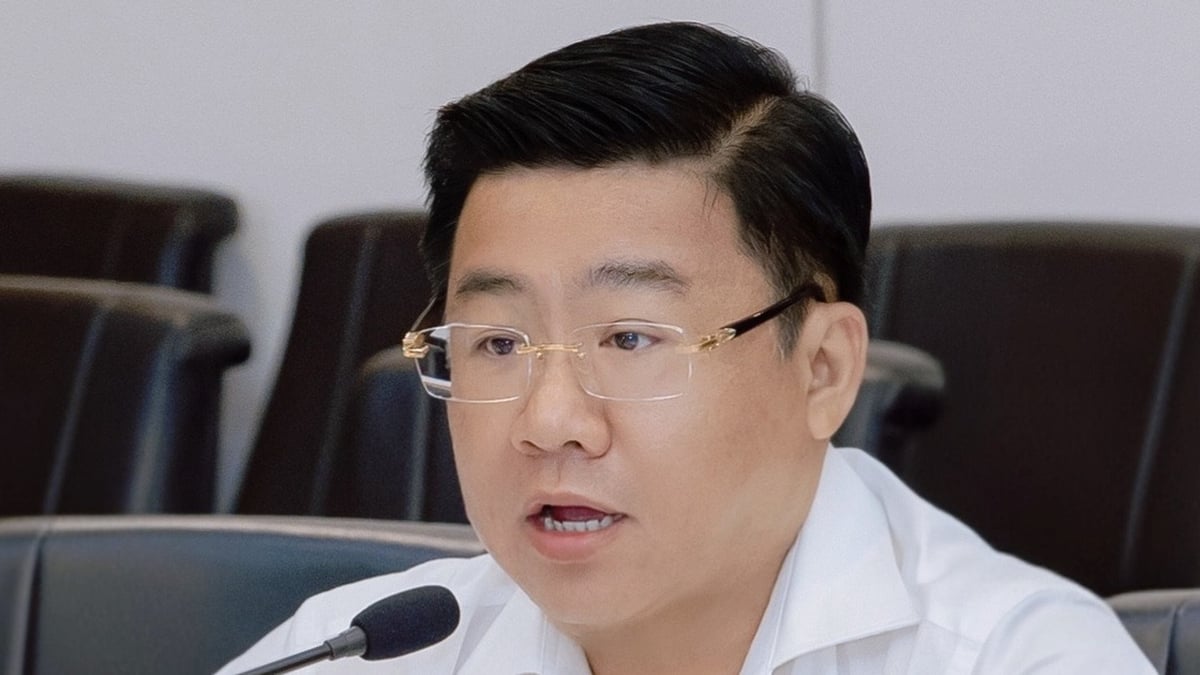
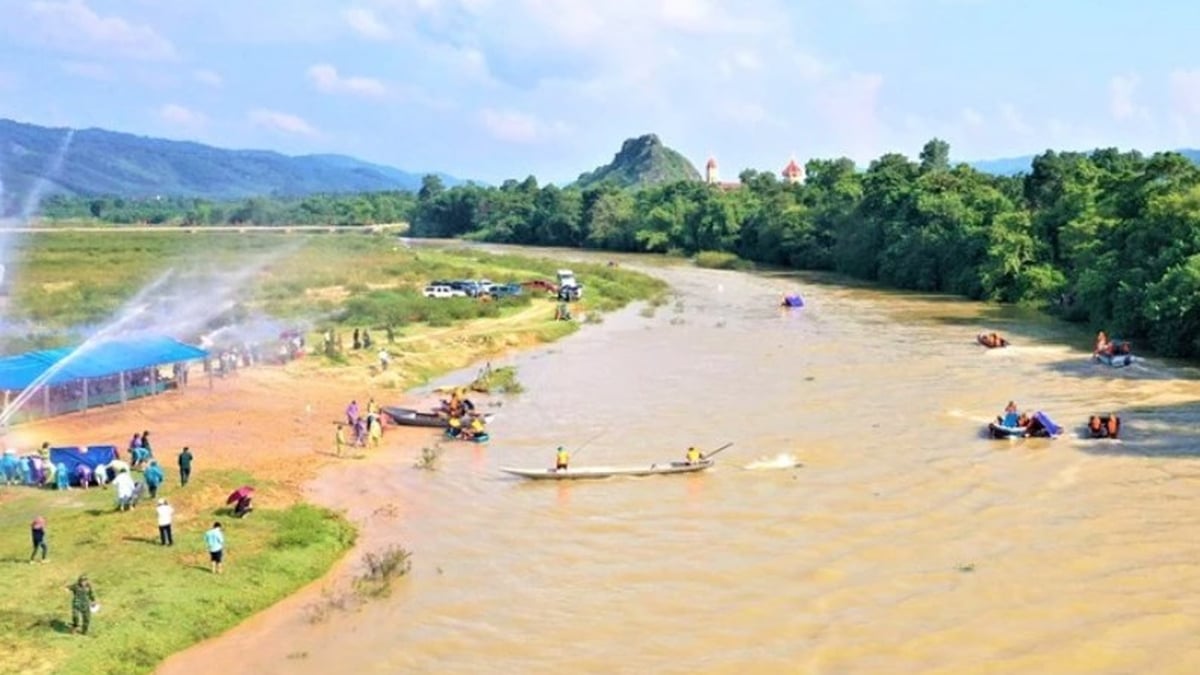

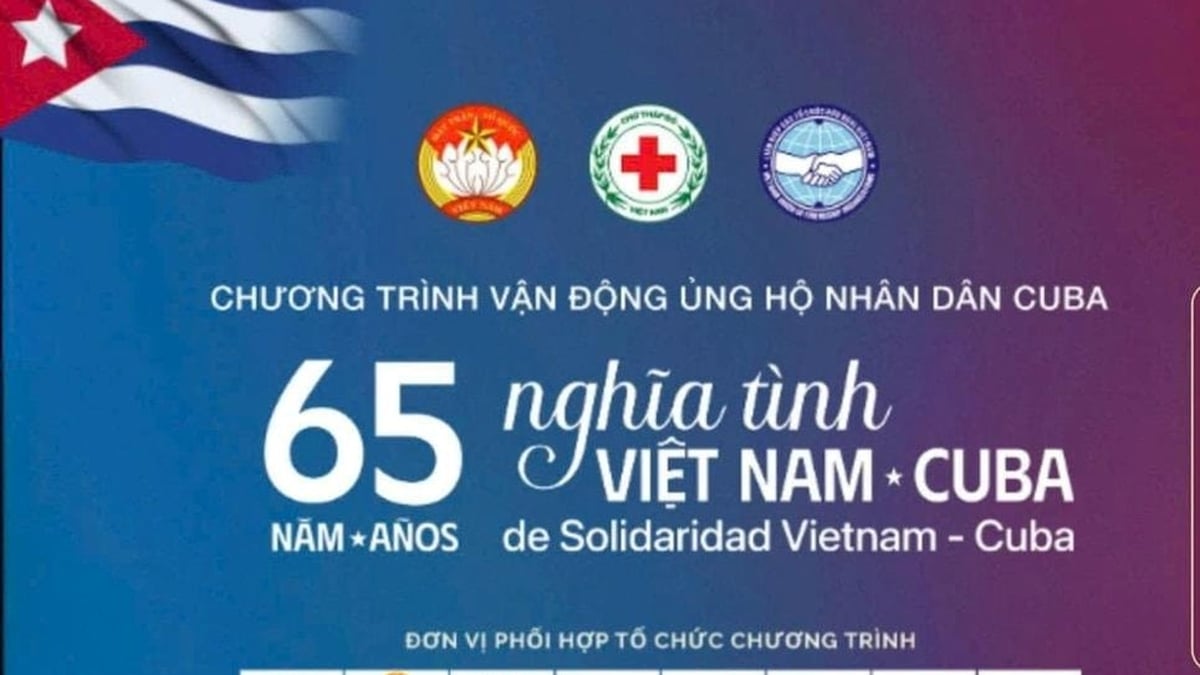

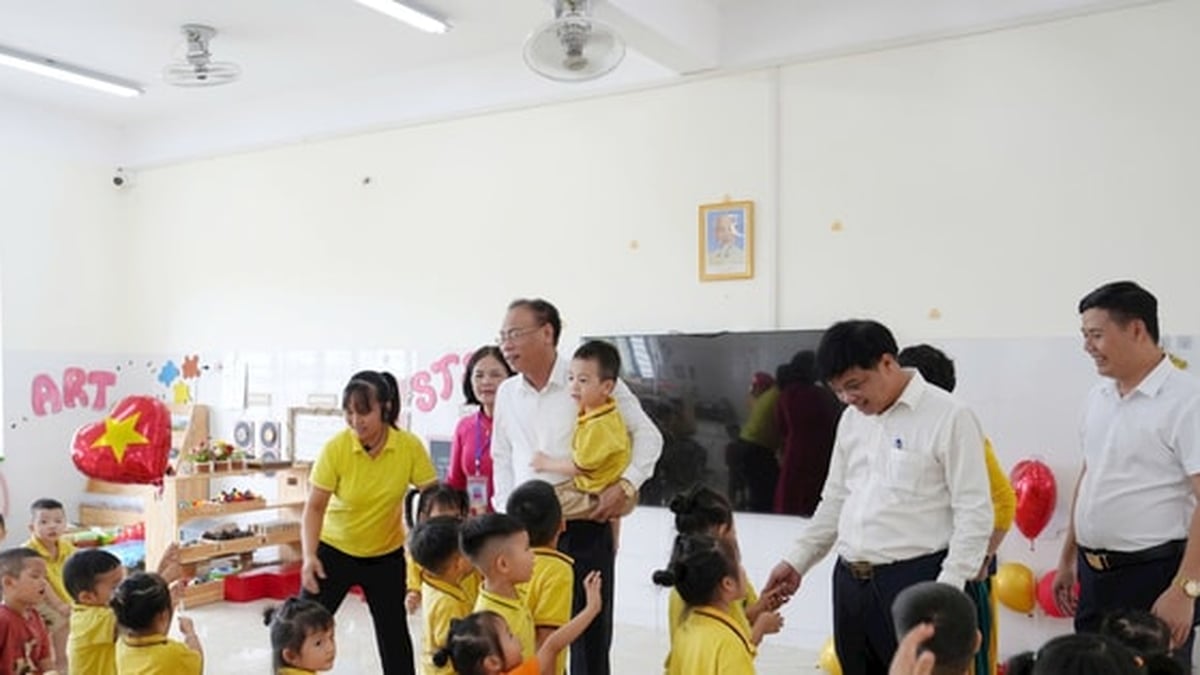

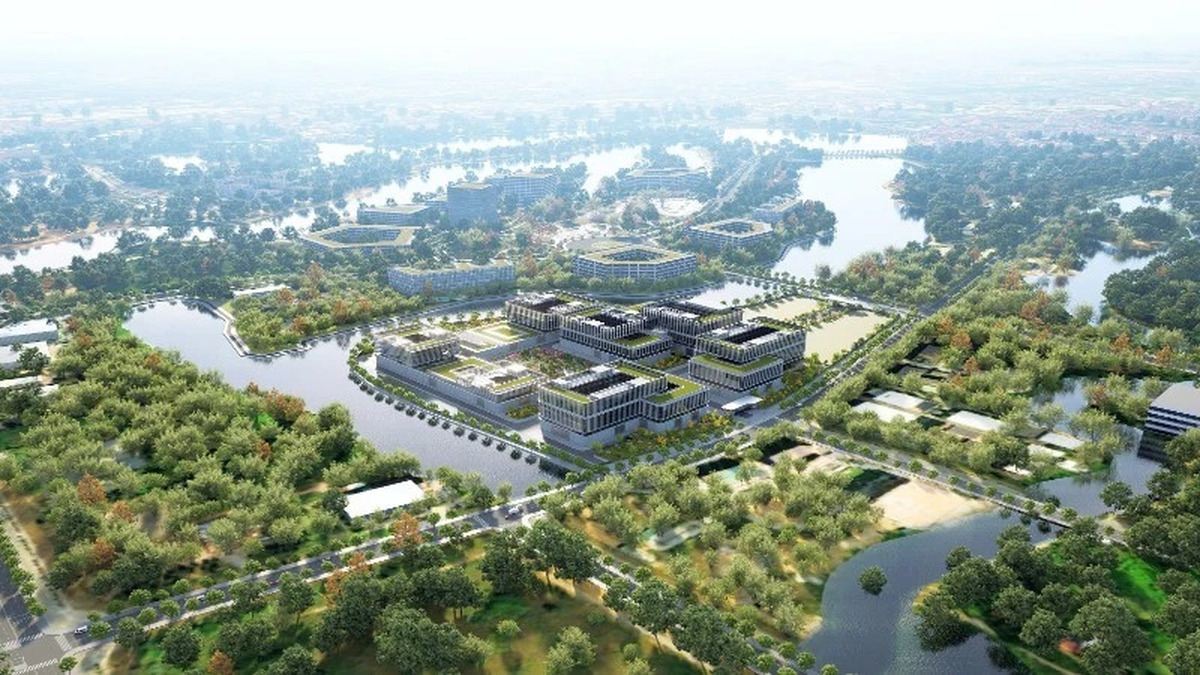
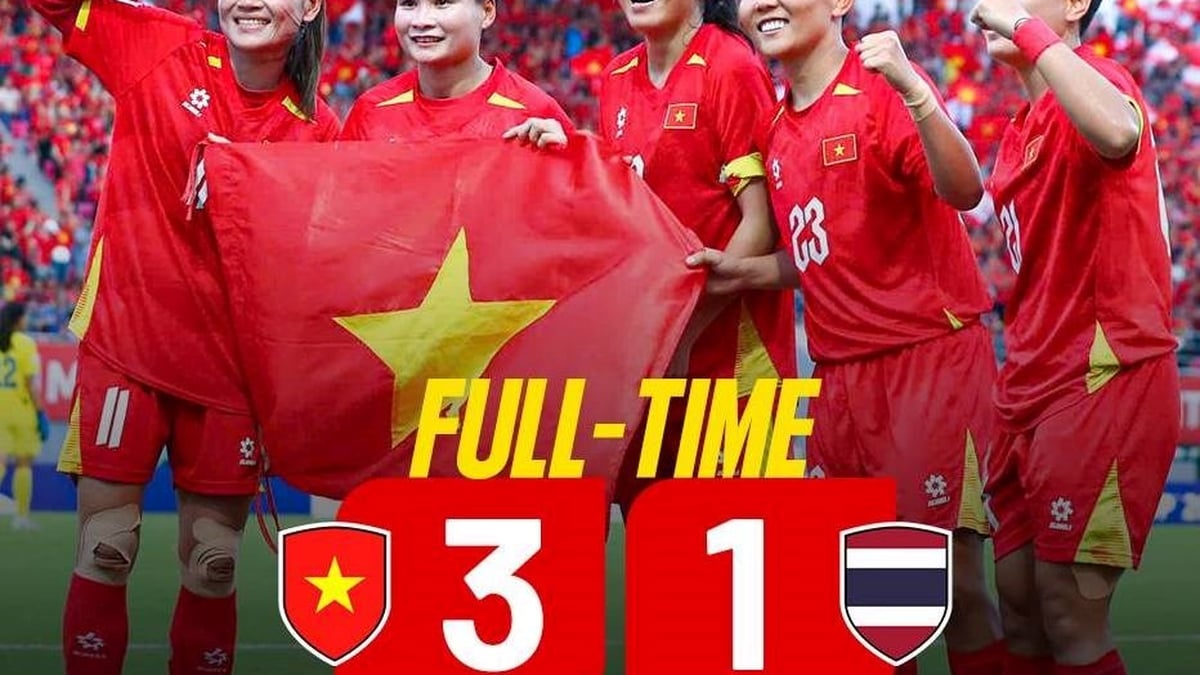











![[Photo] General Secretary To Lam and President Luong Cuong attend the handover ceremony of the Presidential Office Headquarters](https://vphoto.vietnam.vn/thumb/1200x675/vietnam/resource/IMAGE/2025/8/19/a37cfcbd301e491990dec9b99eda1c99)

![[Photo] General Secretary To Lam attends the inauguration and groundbreaking ceremony of 250 projects to celebrate National Day](https://vphoto.vietnam.vn/thumb/1200x675/vietnam/resource/IMAGE/2025/8/19/3aa7478438a8470e9c63f4951a16248b)
![[Photo] Close-up of the first International Financial Center building in Ho Chi Minh City](https://vphoto.vietnam.vn/thumb/1200x675/vietnam/resource/IMAGE/2025/8/19/3f06082e1b534742a13b7029b76c69b6)

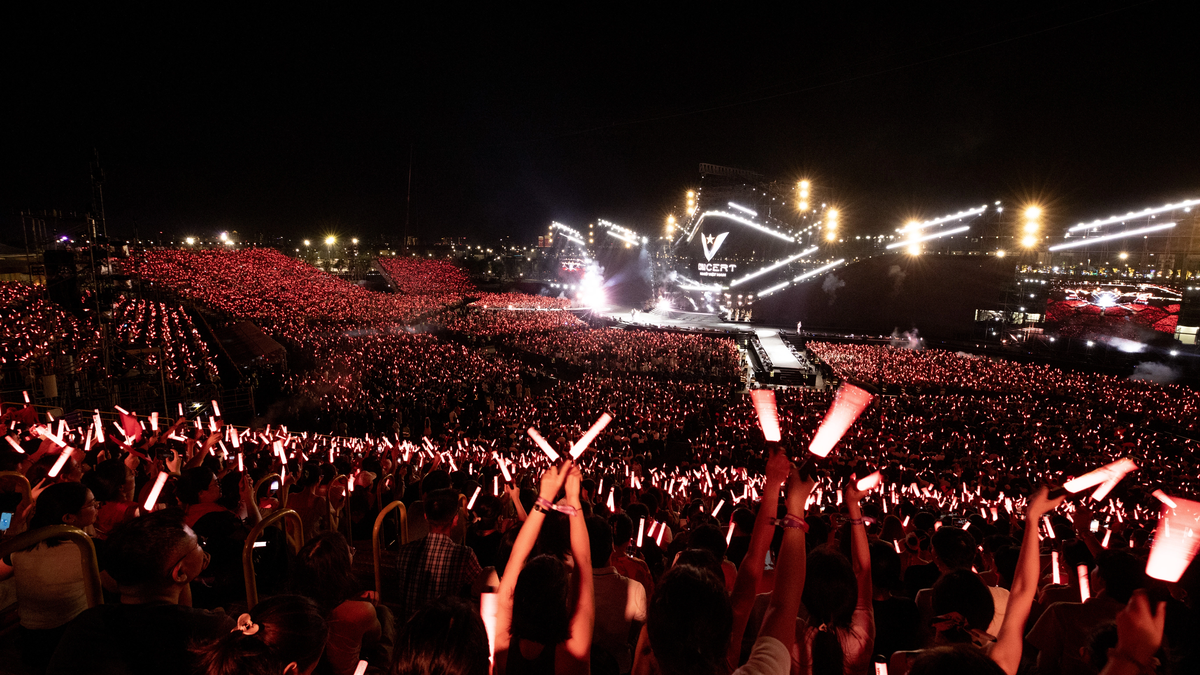
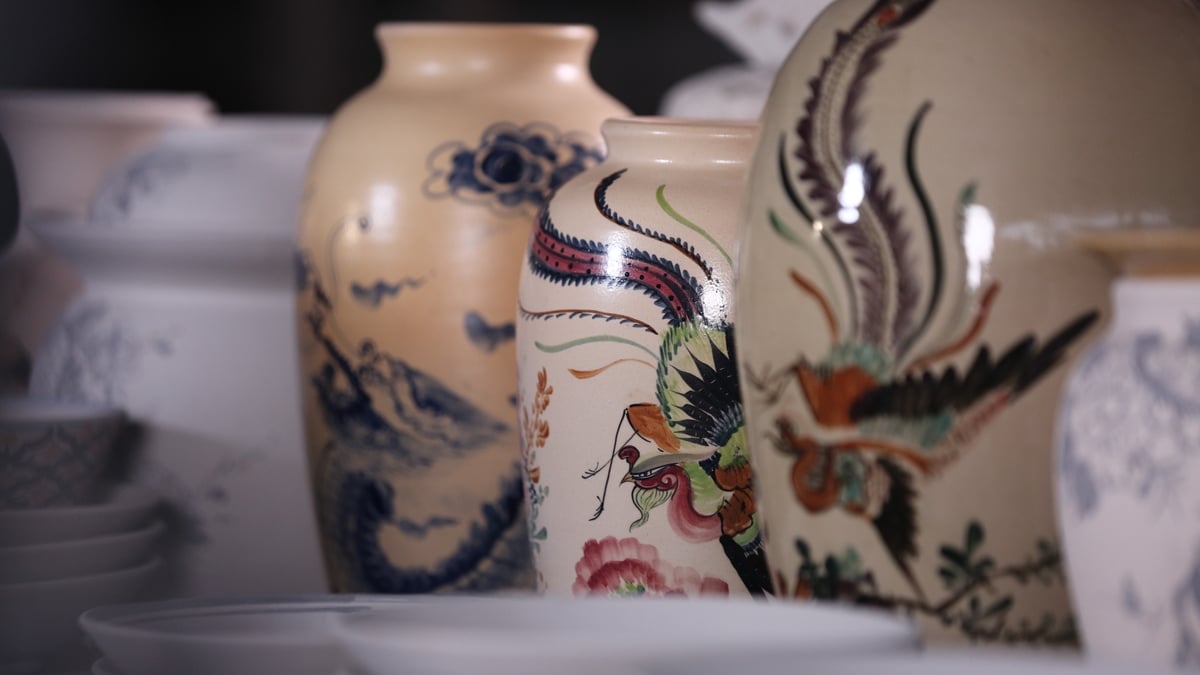
![[Photo] President Luong Cuong's wife and Queen of Bhutan visit Tran Quoc Pagoda](https://vphoto.vietnam.vn/thumb/1200x675/vietnam/resource/IMAGE/2025/8/19/62696af3852a44c8823ec52b03c3beb0)
![[Photo] General Secretary and Prime Minister visit the National Exhibition and Fair Center](https://vphoto.vietnam.vn/thumb/1200x675/vietnam/resource/IMAGE/2025/8/19/f4503ad032d24a90beb39eb71c2a583f)
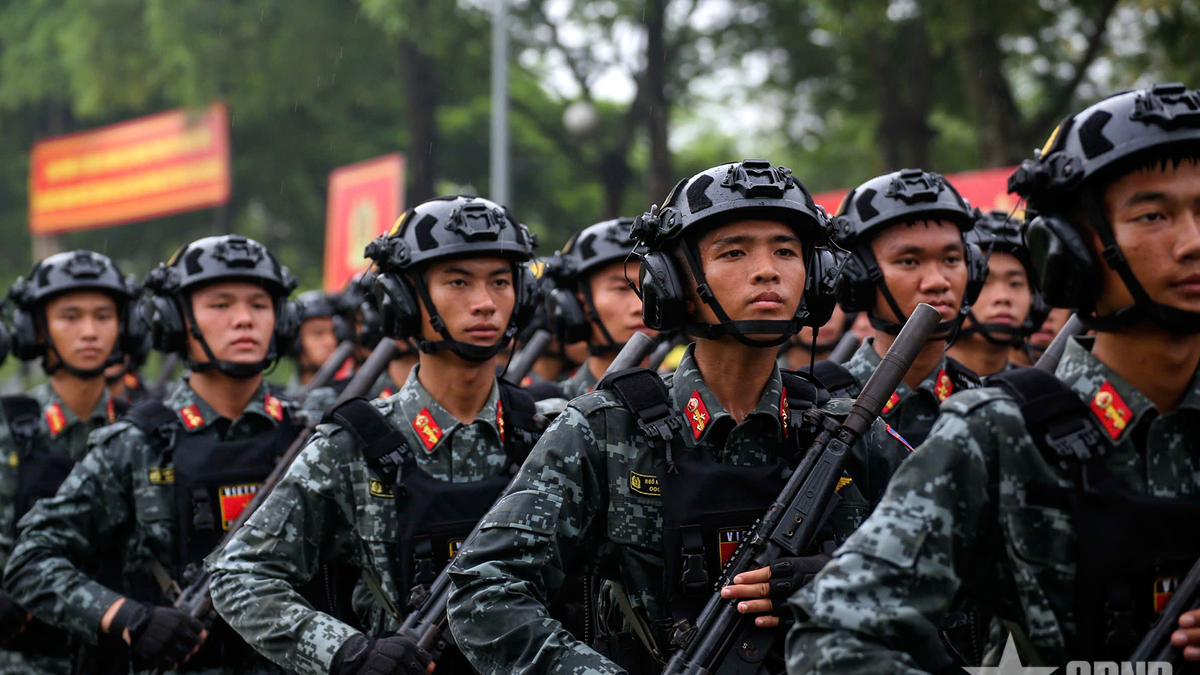
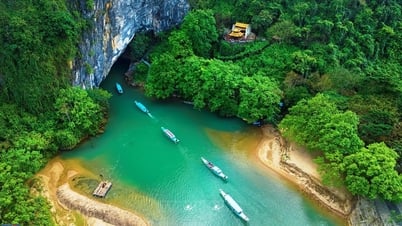

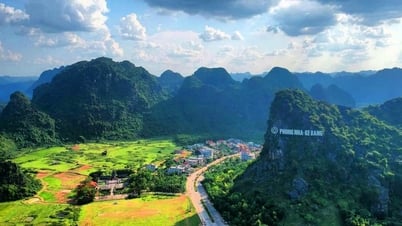

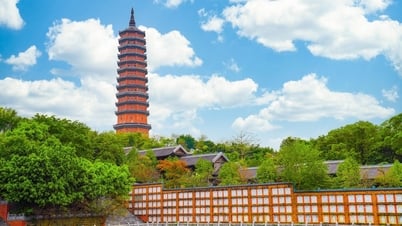

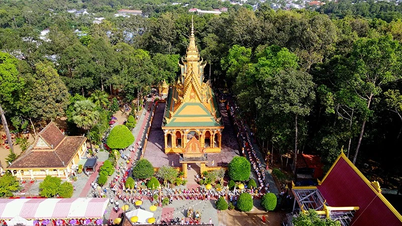

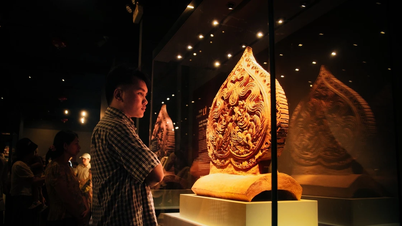




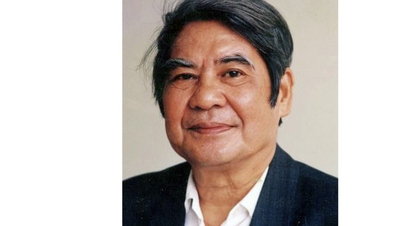

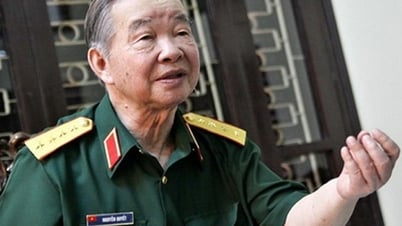

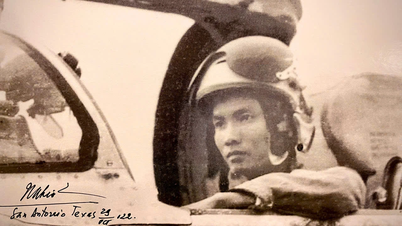

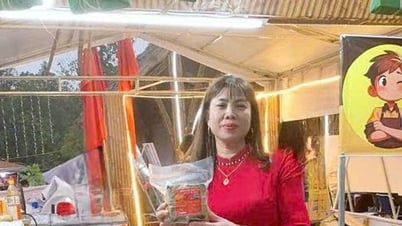



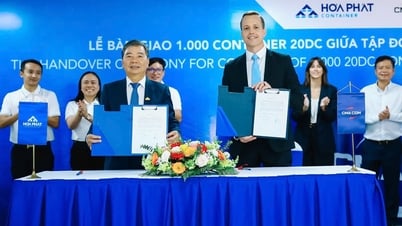

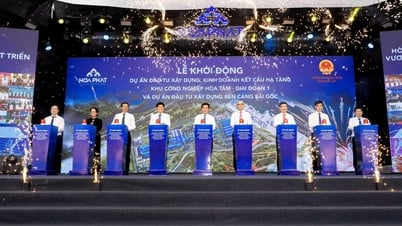
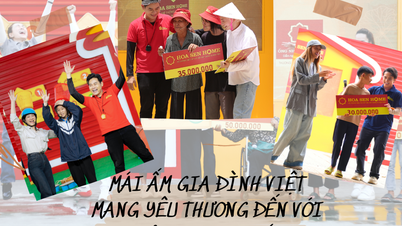

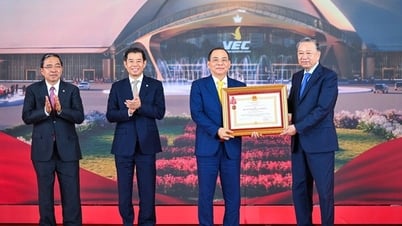


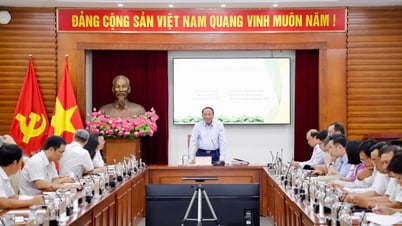
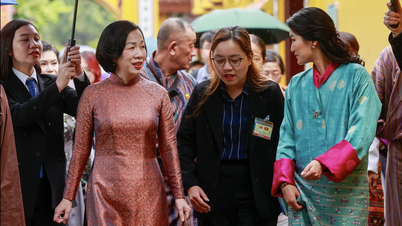




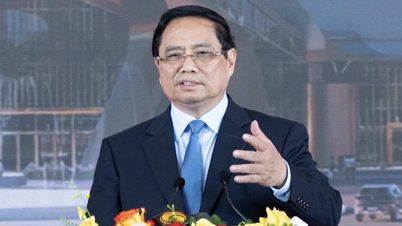
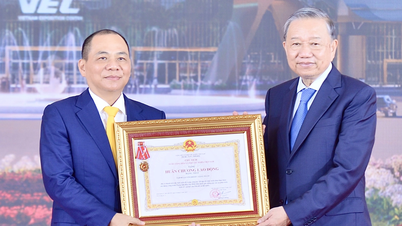
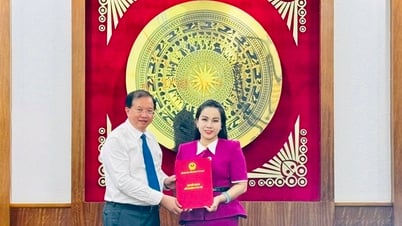
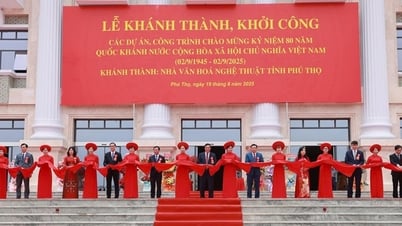
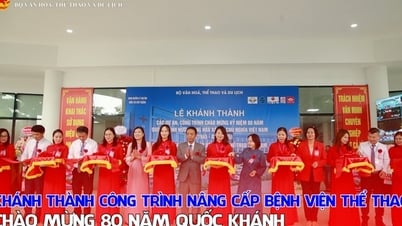
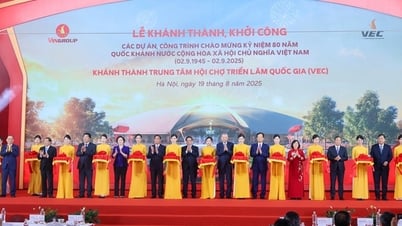
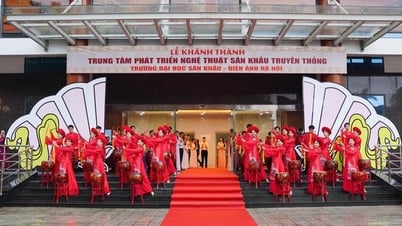
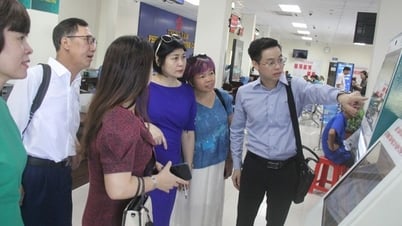








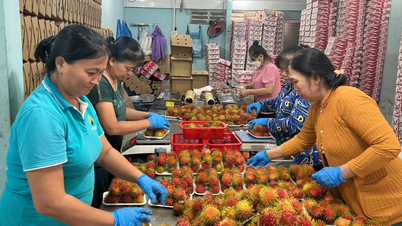


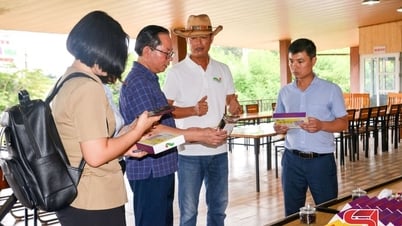
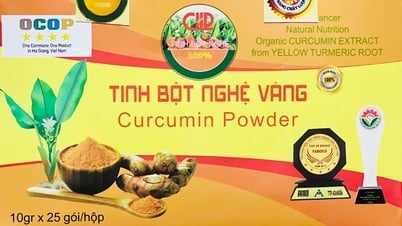

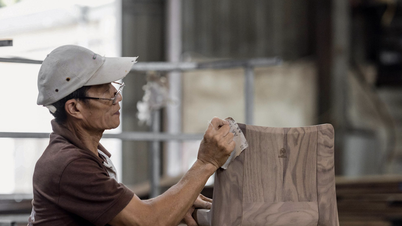
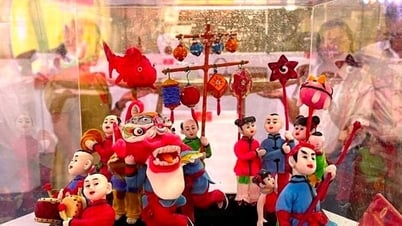






Comment (0)